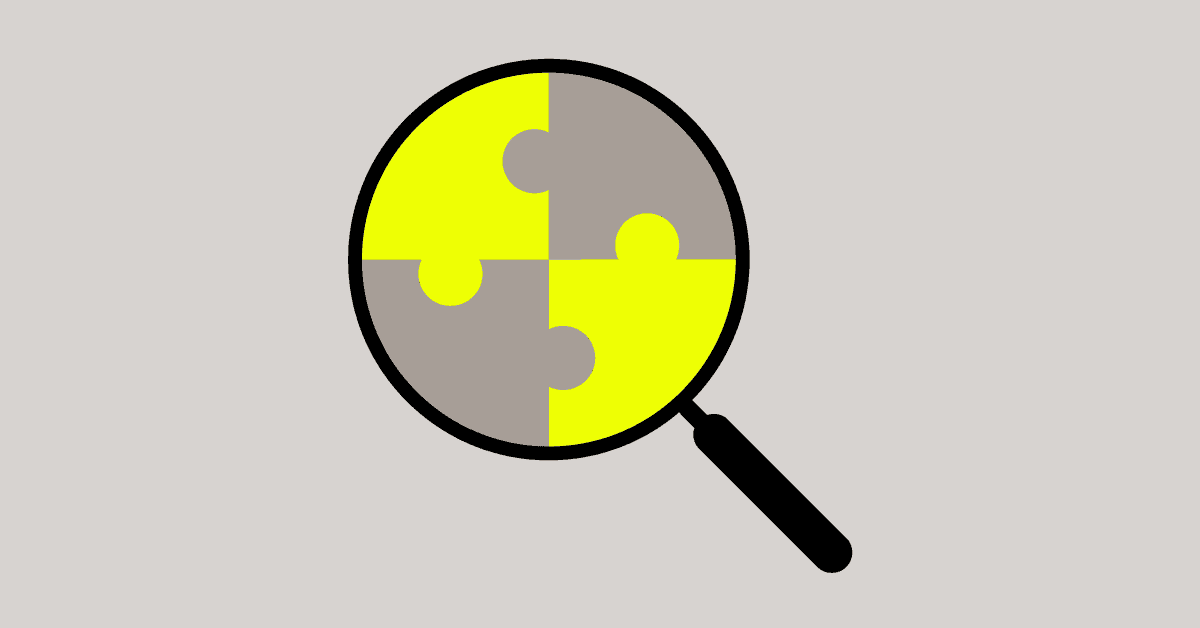
Mobile Crash Owners is one of Embrace’s newest and most compelling features. It allows engineers to upload their own Github codeowner rules directly to Embrace. These rules are then used to tag any captured crashes with their correct owner, making it quick and easy to identify who is responsible for solving a specific issue in your app.
Embrace is the only monitoring solution for mobile that has an intelligent crash tagging feature like this. Building it, as you can imagine, took some time and creative problem solving. To get a look at how the sausage was made, we talked to one of our Product Managers, Scott Breudecheck, who took the lead on building Mobile Crash Owners. Read on for some of his insights.



